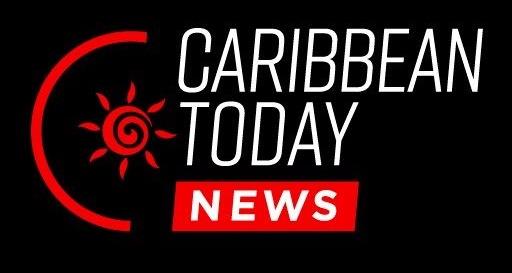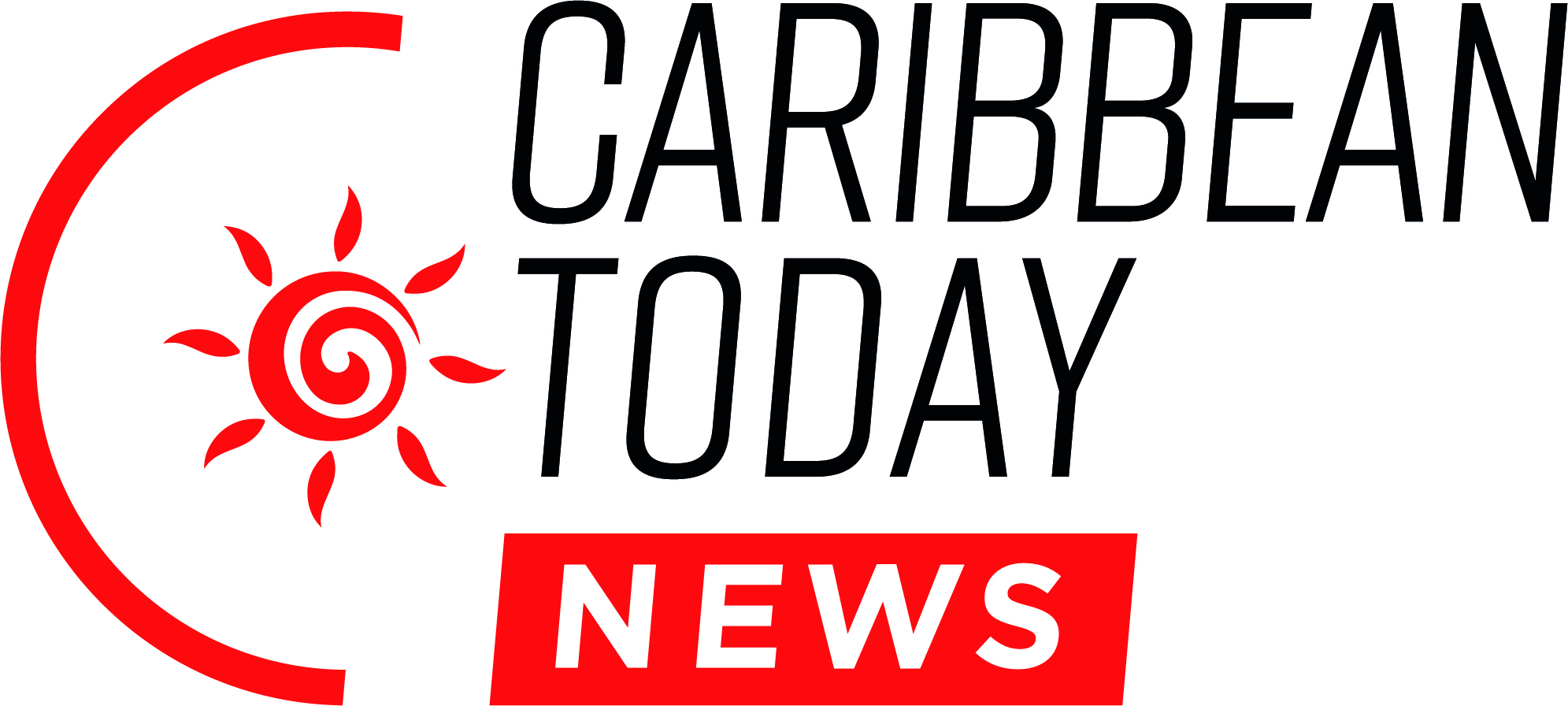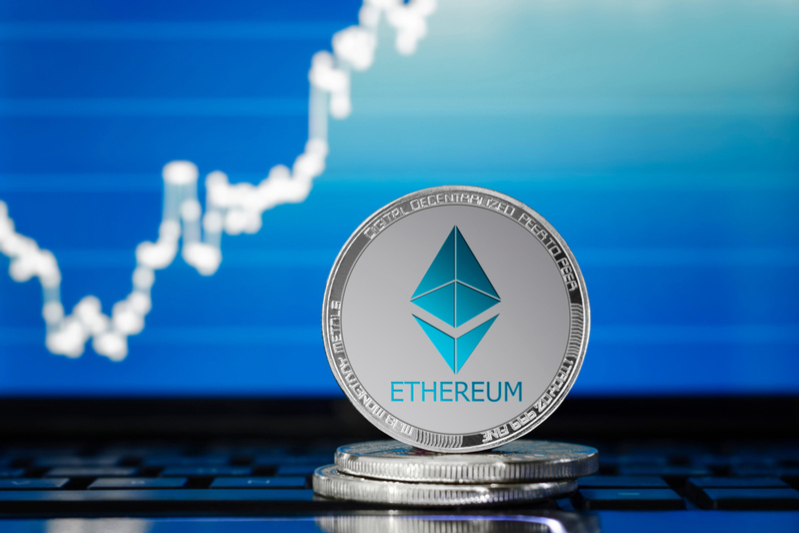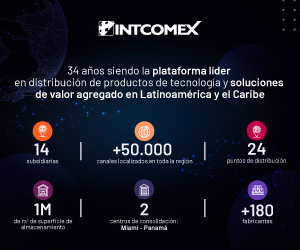Ethereum (DEX: $ETH), the world’s leading decentralized, open source blockchain reported financial results for its first quarter ended March 31, 2021.
Key Results
- Total transaction fees, also known as network revenue, increased 200x to $1.7 billion in Q1 2021, compared with $8 million in Q1 2020. For the month of April, Ethereum generated annualized revenue run rate of $8.6 billion—comparable to AWS in 2015.
- Total transaction volume on Ethereum increased 20x to $713 billion in Q1 2021, compared with $33 billion in Q1 2020.
- Median transaction fee increased 126x to $7.63 in Q1 2021, compared with $0.06 in Q1 2020.
- Daily active addresses, a proxy for daily active users, increased 71% to 607k in Q1 2021, compared with 364k in Q1 2020.
- Staked Ethereum reached 3.6 million ETH in Q1 2021. Staking was launched in December 2020.
Ecosystem Results
- Decentralized exchange (DEX) volume increased 76x to $177 billion in Q1 2021, compared with $2.3 billion in Q1 2020.
- Decentralized Finance (DeFi) total value locked increased 64x to 52 billion in Q1 2021, compared with $0.8 billion in Q1 2020.
- Stablecoin volume increased 100% to $40 billion in Q1 2021, compared with $20 billion in Q1 2020.
- Wrapped BTC volume increased 95x to 170k BTC in Q1 2021, compared with 1.8k BTC in Q1 2020. Approximately 1% of bitcoin supply is wrapped as ERC-20 tokens and traded on top of Ethereum.
- NFT art sales increased 560x to $396 million in Q1 2021, compared with $0.7 million in Q1 2020.
“Q1 was a phenomenal quarter for Ethereum. On-chain metrics from active addresses to transaction volume reached all time highs,” said Anthony Sassano, founder of The Daily Gwei.
“The popularity of DeFi shows that Ethereum is more than just a crypto currency, it is the world’s best programmable money.” said David Hoffman, Founding Father of Bankless.
“People are realizing that Ethereum isn’t just money, it’s ultra-sound money,” said Justin Drake, a researcher at the Ethereum Foundation. “While other crypto currencies may boast of having a supply ceiling, Ethereum will soon have no supply floor.”
Ethereum’s strong Q1 growth was not without pains. Gas prices spiked in Q1 due to the incredible popularity of DeFi and NFT applications. Level 2 scaling, which is already being deployed across the ecosystem, aims to alleviate congestion and bring cost and power consumption down to near zero.
Ethereum Ecosystem Highlights
- Metamask—the popular Ethereum wallet for desktop and mobile—reached 4 million monthly active users (MAUs) in Q1 and crossed 5 million MAUs in April. Metamask mobile saw strong global growth, especially in India, Indonesia, Vietnam, and Nigeria. Metamask’s MAUs is now comparable to mainstream consumer applications such as Robinhood and Clubhouse.
- Visa announced that it now settles payments in the USDC stablecoin on the Ethereum blockchain. This makes Visa the first major payments network to use stablecoin as a settlement currency.
- Meitu—a Chinese mobile software company—bought 16,000 ETH for its balance sheet. Meitu’s board has allocated up to $100 million for the purchase of cryptocurrencies to diversify its treasury. Ethereum makes up its largest position. Meitu is also evaluating launching applications on the ethereum blockchain.
- Canada approved four ETFs for buying and trading ether. Evolve Ether ETF (TSX: ETHR), CI Galaxy Ethereum ETF (TSX: ETHX), Purpose Ether ETF (TSE: ETHH), and 3iQ CoinShares Ether ETF (TSX:ETHQ) provide easy and cost effective ways to hold ether within a traditional brokerage account.
Outlook
2021 is perhaps the most important year in Ethereum’s history. The two key themes for 2021 are economic security and scalability.
In April the Ethereum core dev team approved EIP1559—a software update that improves the bid process for block space and introduces a burn mechanism for the base portion of the transaction fee. Fee burn will offset a substantial portion of Ethereum issuance, paving the way for long term network security with minimum dilution. EIP1559 is on track to be deployed on test nets on June 9th followed by official rollout via the London hard fork on July 14th.
Ethereum has a dual pronged approach to scaling network capacity—rollups and sharding. Rollups batch and compress transactions off-chain, increasing transaction throughput by ~100x. Sharding breaks the Ethereum main chain into sub-chains to enable parallel computation, further improving throughput by ~100x. By employing both technologies, Ethereum 2.0 at maturity could process upward of 100,000 transactions per second versus 15 today.
In early Q2, Ethereum ecosystem partners launched a number of projects powered by rollups.
dYdX launched its zk-rollup platform for perpetual futures trading while Immutable X launched a zk-rollup based platform for minting and trading NFTs. Transactions via rollups consume negligible energy compared to the main chain, addressing one of the main criticisms of the NFT economy. Uniswap—the most popular decentralized exchange for Ethereum is expected to launch rollups via Optimism in the coming weeks.
Toward the end of the year, Ethereum aims to switch from its current proof of work algorithm to proof of stake. The initial version of the proof of stake chain (“beacon chain”) was released in December 2020. On May 12th developers conducted a successful merge of the two chains in a test environment. Proof of stake will reduce Ethereum’s energy consumption by 99% while providing democratic access to staking rewards for all ETH holders.
Balance Sheet
At the start of Q1 2021, the Ethereum Foundation’s treasury had 460k ether valued at $560 million. At the end of Q1 2021, the treasury’s balance was 430k ether, valued at $826 million. The Ethereum Foundation spent 30k ether during the quarter but the treasury’s value in USD terms grew due to ether-USD appreciation.
Results Table
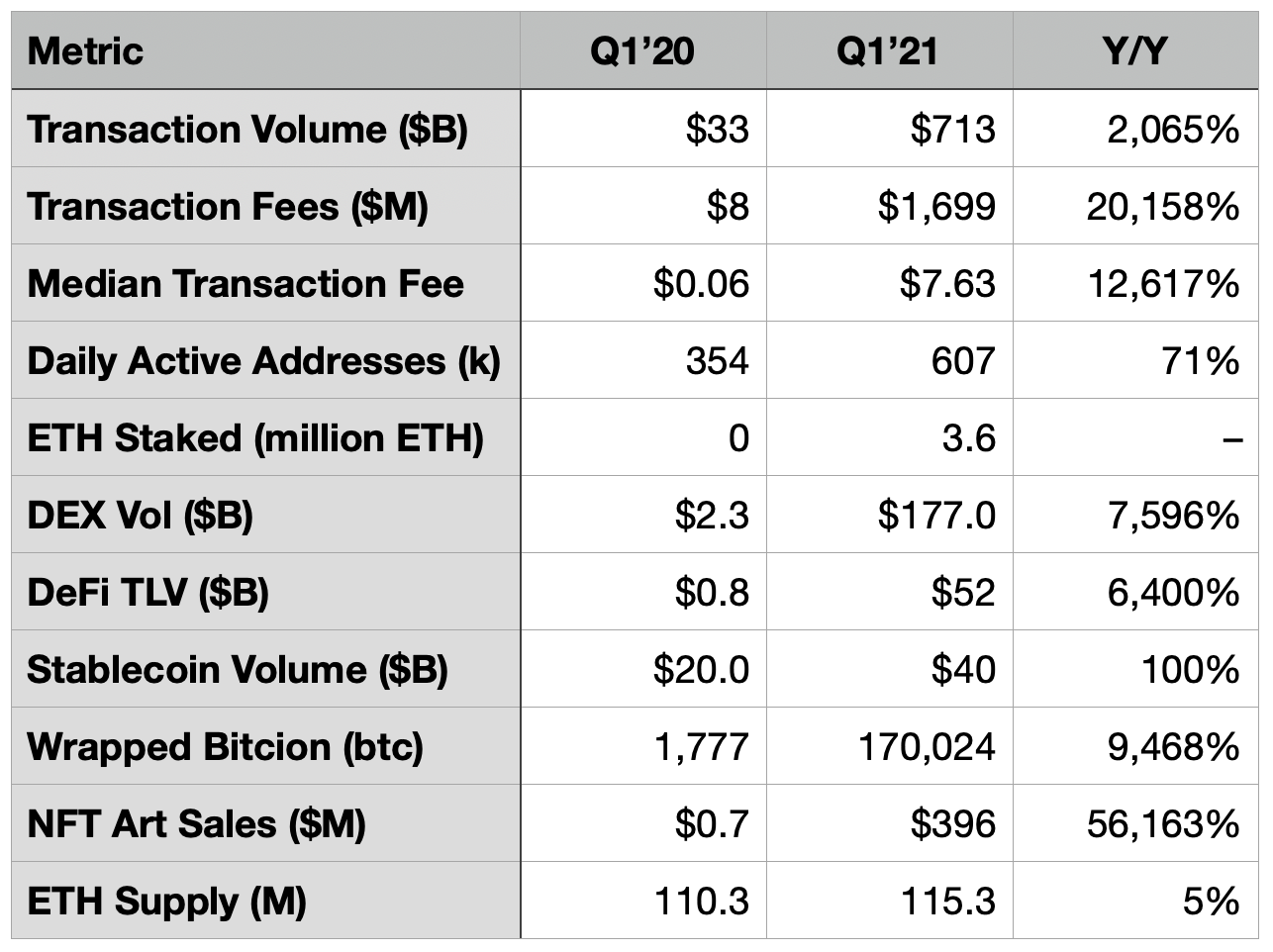
About Ethereum
Ethereum is the world’s leading decentralized, open-source blockchain. Ethereum powers ether, the native currency of the Ethereum blockchain and thousands of decentralized applications ranging from exchanges to digital banks. Ethereum is not a company or organization, it is a community organized project. The Ethereum Foundation is a Swiss based non-profit organization that supports the Ethereum project.
by James Wang
